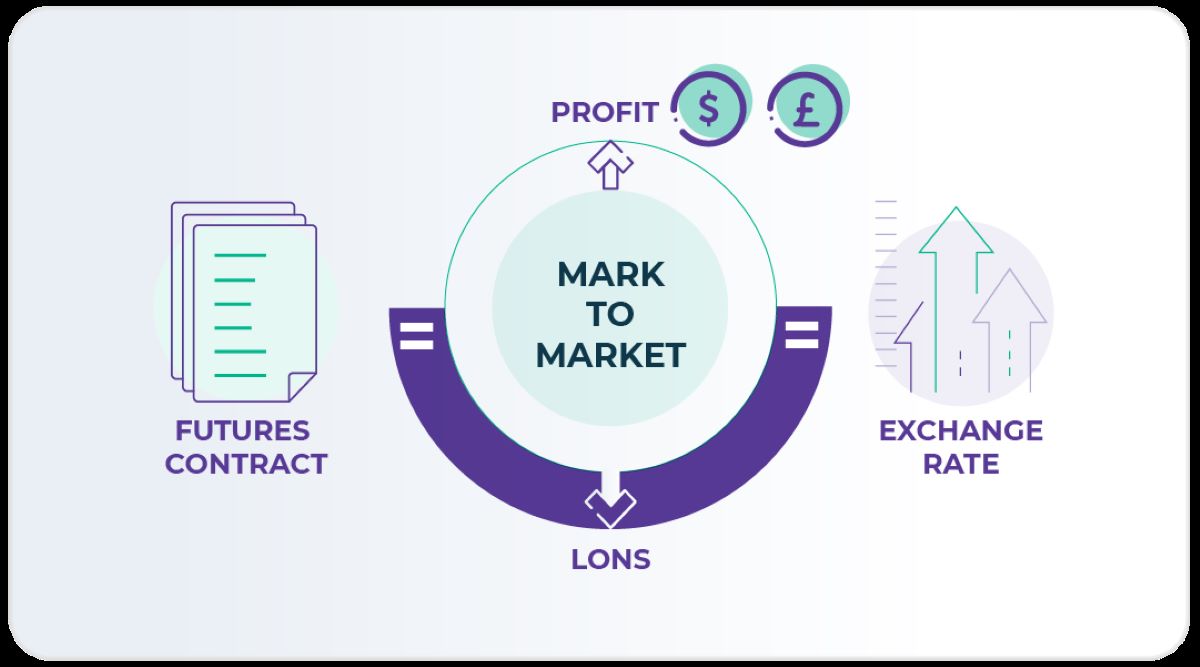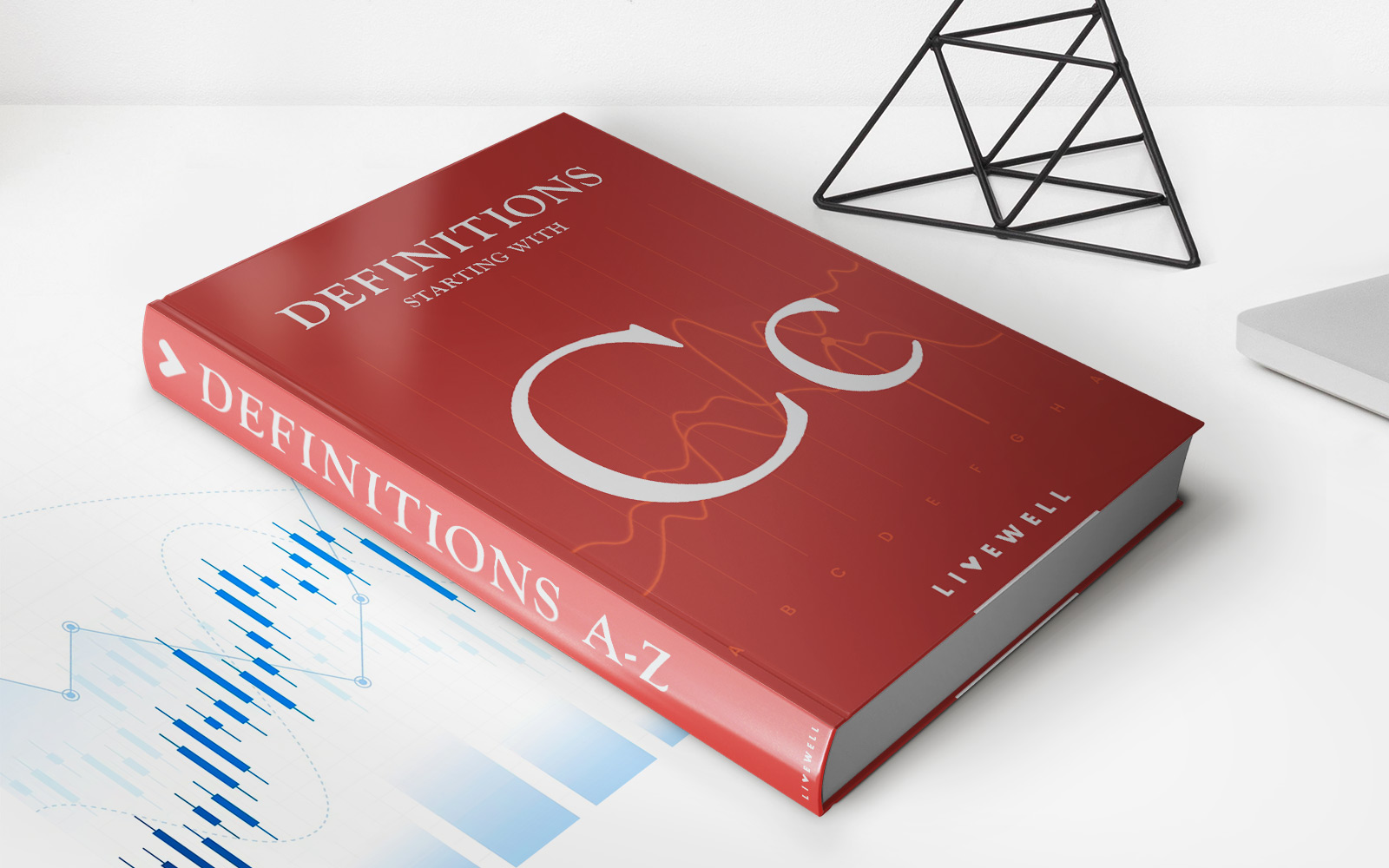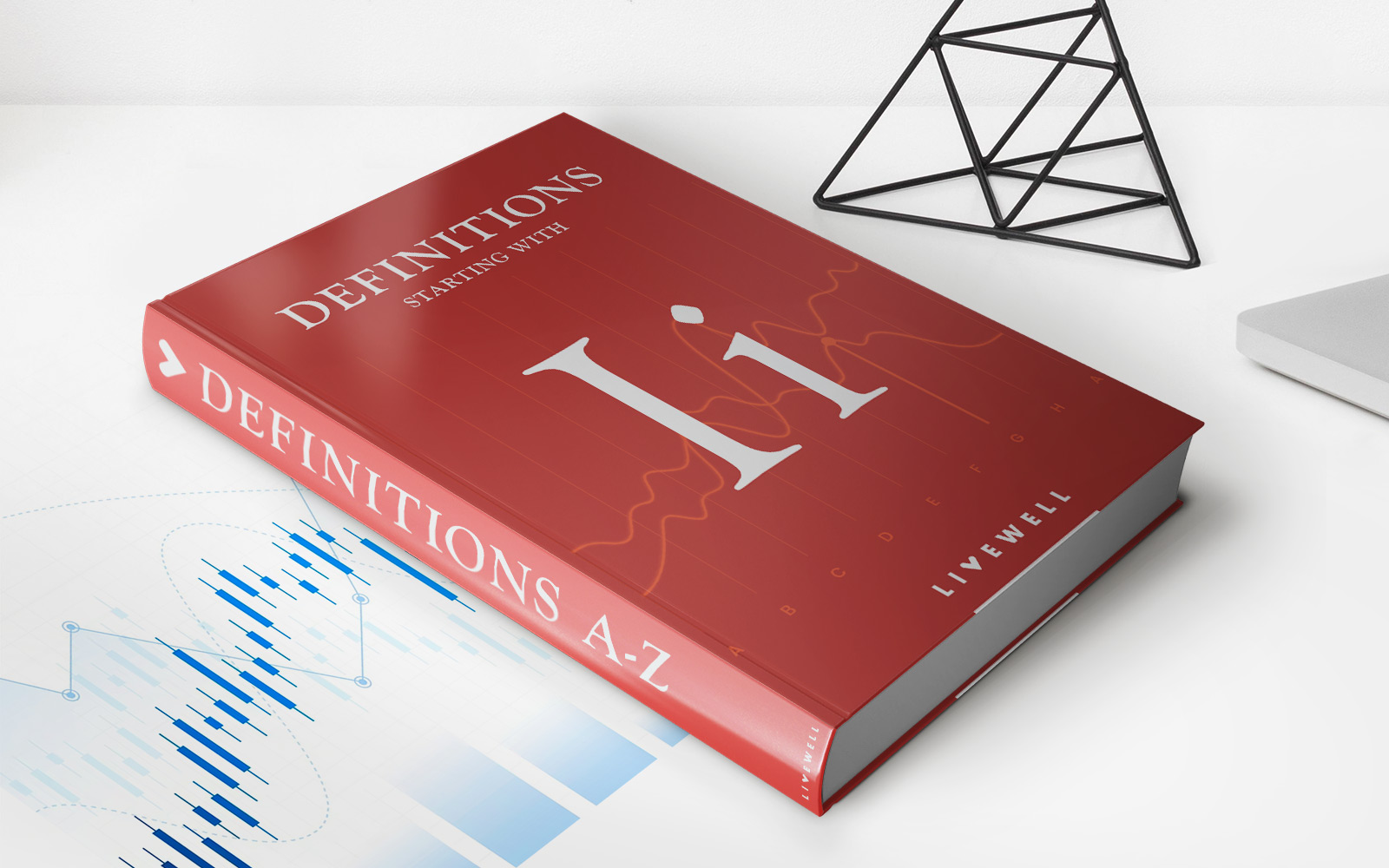Home>Finance>How Long Is The Grace Period To Pay Back Student Loans?


Finance
How Long Is The Grace Period To Pay Back Student Loans?
Published: February 19, 2024
Find out the grace period for repaying student loans and manage your finances effectively. Learn about student loan repayment options and take control of your finances.
(Many of the links in this article redirect to a specific reviewed product. Your purchase of these products through affiliate links helps to generate commission for LiveWell, at no extra cost. Learn more)
Table of Contents
**
Introduction
**
Student loans are a common financial aid option for many individuals pursuing higher education. While these loans provide the necessary funds to cover tuition and living expenses, the repayment process can often seem daunting. Understanding the grace period associated with student loans is crucial for borrowers, as it offers a window of time before they are required to commence repayment after leaving school or dropping below half-time enrollment.
During this grace period, borrowers have the opportunity to prepare for the responsibilities of repayment, such as finding stable employment and organizing their finances. This period also allows individuals to explore various repayment plans and determine the most suitable option for their financial circumstances. Whether you have federal or private student loans, the grace period serves as a valuable transition phase from student to working professional, easing the immediate burden of repayment as you embark on your post-education journey.
The grace period for student loans can vary depending on the type of loan, and it's essential for borrowers to be aware of the specific terms and conditions associated with their loans. This article aims to provide a comprehensive overview of the grace period for both federal and private student loans, as well as the available options for extending or deferring payments. By gaining a deeper understanding of the grace period and its implications, borrowers can effectively navigate the complexities of student loan repayment and make informed decisions regarding their financial obligations.
Understanding the Grace Period
The grace period for student loans represents a crucial interval between the completion of studies and the initiation of loan repayment. During this time, borrowers are not required to make payments on their student loans, providing a buffer to transition into the workforce and establish financial stability. It’s important to note that the grace period is not indefinite, and its duration varies based on the type of loan.
One of the key benefits of the grace period is that it offers borrowers the opportunity to secure employment and create a budget that accommodates their upcoming loan payments. This period is particularly valuable for recent graduates who are navigating the job market and adjusting to the demands of post-graduation life. By having this breathing room, borrowers can focus on building their careers and addressing other financial obligations before the commencement of loan repayment.
Understanding the terms and conditions of the grace period is essential for borrowers to effectively plan for their financial responsibilities. It’s important to be aware of the specific length of the grace period associated with your student loans, as well as any actions that may impact its duration. Additionally, being informed about the implications of interest accrual during the grace period is crucial, as it can affect the total amount repaid over the life of the loan.
Moreover, the grace period provides an opportunity for borrowers to explore and select the most suitable repayment plan for their circumstances. By utilizing this time to research and understand the available options, borrowers can make informed decisions that align with their financial goals and capabilities. Whether it involves opting for a standard repayment plan, income-driven repayment, or other alternatives, the grace period empowers borrowers to assess their choices without the immediate pressure of making monthly payments.
Overall, the grace period serves as a valuable bridge between academic life and the responsibilities of loan repayment. By comprehending the significance of this period and utilizing it effectively, borrowers can approach their student loan obligations with confidence and financial prudence.
Federal Student Loan Grace Periods
For federal student loans, the grace period typically extends for six months after the borrower graduates, leaves school, or drops below half-time enrollment. This six-month window allows individuals to prepare for the commencement of loan repayment and make necessary financial arrangements. It is important to note that not all federal student loans have the same grace period terms, so borrowers should verify the specific details of their loans.
During the grace period, interest on subsidized federal loans is generally covered by the government, alleviating the burden of accruing interest for borrowers. However, for unsubsidized federal loans, interest continues to accrue during this period. Borrowers have the option to either pay the accruing interest or allow it to capitalize and be added to the principal balance of the loan at the end of the grace period.
It’s essential for borrowers to utilize the grace period wisely by assessing their financial situation and exploring the various repayment plans offered for federal student loans. This includes considering income-driven repayment plans, extended repayment options, or loan consolidation, depending on individual circumstances. By proactively researching and understanding these alternatives, borrowers can make informed decisions that align with their financial goals and capabilities.
Furthermore, borrowers who plan to return to school on at least a half-time basis may be eligible for a deferment, which would postpone their loan repayment and initiate a new grace period upon leaving school again. This offers flexibility for individuals pursuing further education or facing challenges in securing stable employment immediately after graduation.
Understanding the nuances of the grace period for federal student loans empowers borrowers to navigate the complexities of loan repayment with confidence and foresight. By leveraging this period effectively, individuals can lay the groundwork for a manageable and strategic approach to fulfilling their financial obligations.
Private Student Loan Grace Periods
Unlike federal student loans, private student loans do not universally offer a standard grace period. The presence and duration of a grace period for private loans are determined by the lending institution and the specific terms outlined in the loan agreement. While some private lenders may provide a grace period similar to federal loans, others may not offer this benefit, requiring immediate repayment after the borrower’s educational status changes.
It is imperative for borrowers to thoroughly review the terms and conditions of their private student loans to ascertain the presence and duration of any grace period. Understanding this aspect is crucial as it directly impacts the timeline for initiating loan repayment and can influence the borrower’s financial planning and budgeting efforts.
For private student loans that do offer a grace period, borrowers can utilize this time to secure stable employment, organize their finances, and explore the available repayment options. Similar to federal loans, the grace period for private student loans may involve the accrual of interest, and borrowers should consider the implications of interest capitalization and repayment strategies during this period.
In instances where a grace period is not provided or is relatively short, borrowers should proactively engage with their private lenders to discuss potential alternatives or hardship options, especially if they encounter challenges in meeting the immediate repayment requirements. Some private lenders may offer forbearance or deferment options to provide temporary relief for borrowers facing financial difficulties.
Given the variability in grace period provisions among private student loans, borrowers are encouraged to communicate directly with their lenders to gain clarity on the specific terms and explore avenues for managing their repayment obligations effectively. By being proactive and well-informed, borrowers can navigate the nuances of private student loan grace periods and make informed decisions aligned with their financial circumstances.
Options for Extending or Deferring Payments
For borrowers facing challenges in meeting their student loan repayment obligations, there are several options available to extend or defer payments, providing temporary relief and flexibility in managing their financial responsibilities.
Income-Driven Repayment Plans: Federal student loan borrowers may explore income-driven repayment plans, which base monthly payments on the borrower’s income and family size. These plans can significantly reduce the monthly payment amount, making it more manageable for individuals with limited financial resources. Additionally, after a certain period of consistent payments, any remaining balance may be forgiven.
Extended Repayment Plans: Federal student loan borrowers may opt for extended repayment plans, which extend the repayment term beyond the standard 10-year period. This results in lower monthly payments, albeit with a longer repayment duration. It provides relief for borrowers seeking reduced immediate financial strain.
Loan Consolidation: Borrowers with multiple federal student loans can consolidate them into a single Direct Consolidation Loan. This simplifies the repayment process by combining multiple loans into one, resulting in a single monthly payment. Additionally, loan consolidation may extend the repayment term, leading to reduced monthly payments.
Deferment and Forbearance: Both federal and private student loan borrowers may be eligible for deferment or forbearance, allowing them to temporarily postpone or reduce their loan payments. Deferment is typically granted in situations such as returning to school, unemployment, or economic hardship, while forbearance may be available during financial challenges or medical emergencies. It’s important to note that interest may continue to accrue during forbearance, potentially increasing the total amount repaid.
Communication with Lenders: In cases of financial hardship or unexpected circumstances, borrowers are encouraged to communicate directly with their loan servicers or lenders. Many lenders are willing to work with borrowers to explore alternative payment arrangements or hardship options, providing a supportive approach to managing loan repayment challenges.
By leveraging these options, borrowers can navigate temporary financial setbacks and proactively address their student loan repayment concerns. It’s crucial for individuals to assess their specific circumstances and explore the available alternatives to ensure a sustainable approach to managing their loan obligations.
Conclusion
The grace period for student loans represents a pivotal phase in the transition from academia to the professional world, offering borrowers a valuable window to prepare for the responsibilities of loan repayment. Whether navigating federal or private student loans, understanding the nuances of the grace period is essential for effectively managing one’s financial obligations.
For federal student loans, the standard six-month grace period provides recent graduates with the opportunity to seek employment, assess their financial situation, and explore the available repayment options. It also allows for the potential deferment of loan repayment for those returning to school, offering flexibility for further education or career advancement.
Conversely, private student loans may not universally offer a grace period, and the terms vary based on the lending institution and loan agreement. Borrowers with private loans should diligently review the terms and engage with their lenders to clarify the presence and duration of any grace period, or to explore alternative arrangements if immediate repayment presents challenges.
Furthermore, the availability of options such as income-driven repayment plans, extended repayment terms, loan consolidation, and deferment or forbearance provides borrowers with avenues to manage their loan repayment effectively, especially during times of financial hardship or uncertainty.
Ultimately, the grace period and the associated repayment options empower borrowers to navigate the complexities of student loan repayment with foresight and prudence. By leveraging this period and exploring the available alternatives, individuals can approach their loan obligations strategically, ensuring a sustainable and manageable approach to managing their financial responsibilities.
As borrowers embark on their post-education journey, it is crucial to remain informed, proactive, and communicative with loan servicers or lenders. By staying attuned to the details of their student loans and seeking support when needed, individuals can navigate the challenges of repayment and work towards achieving financial stability and success in their professional endeavors.














